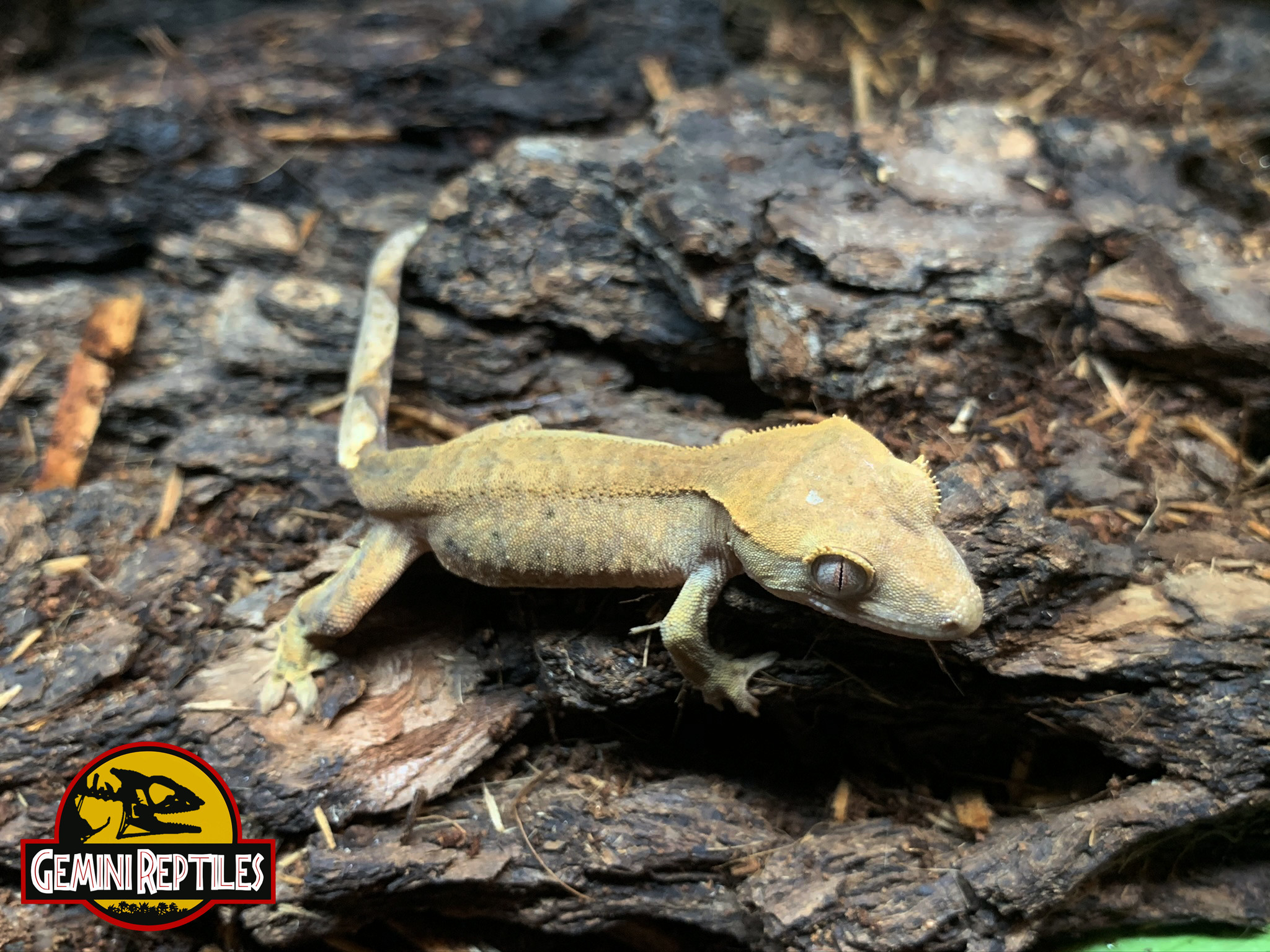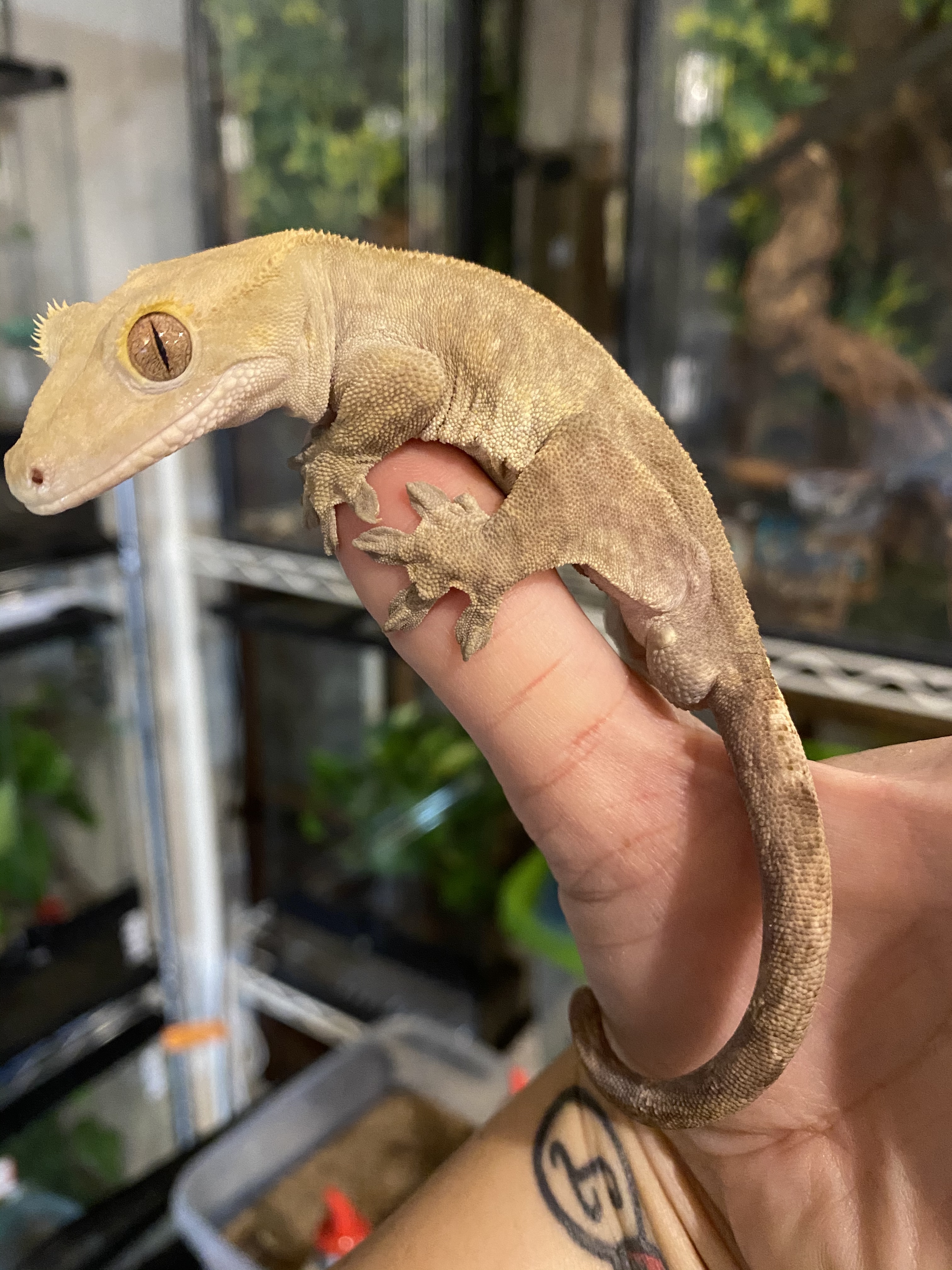Buckskin
Type: Other
Issues: N/A
First Produced In: Unknown
Availability: Rarest
Last Updated: 2023-04-23
Do you have any suggestions or corrections for this article?
Click here to contribute feedback
History
At the onset of our hobby, some wild-type animals were described as buckskin, but there was a range of interpretations. Some were very dark, like what we call black and brown base, and some were a light tan or dirty yellow. These geckos, after reviewing some historical photos, appear to be displaying combinations of traits. The effects of them being naturally combined are beneficial, and/or not harmful for survival in the wild. From these variations, it is fairly easy to see how black base , yellow base, phantom , and hypo forms began to emerge more with selective breeding causing them to separate into distinct phenotypes. The term polymorphic was used to describe these animals and is correct, however, it became interpreted wrong in the hobby. This single interpretation has slowed the advancement of genetic understanding, in our community, more than any other factor to date. Please refer to “ Polymorphic ” in part 1 of Foundation Genetics. [1]
Appearance
Body
The base colors can be swapped on nearly every single phenotype in the pattern, and pattern color categories. This behavior is what it would be like if base colors occupy their own locus. Using the phenotypic ratio in breeding results and testing how the traits behave in subsequent generations we have worked out the inheritance of each one. Each pattern morph can slightly affect the base colors. As for patternless animals, the base color of the animal is what we are seeing. [2]
Proven Lines
Black Base, Red Base, Yellow Base
Buckskin appears to be from multiple combinations, that may or may not include, yellow base , red base , black base , hypomelanism , and phantom , along with influence from wild-type brown melanin. Remember that this morph is very much a wild-type combination that ranged drastically in the natural population. Pattern morphs are also mixed in with the base combination of buckskin. There was also occasional orange/yellow spotting seen in wild crested geckos. We still see it today in the hobby.[3]
Related Traits
No known related traits
Combos
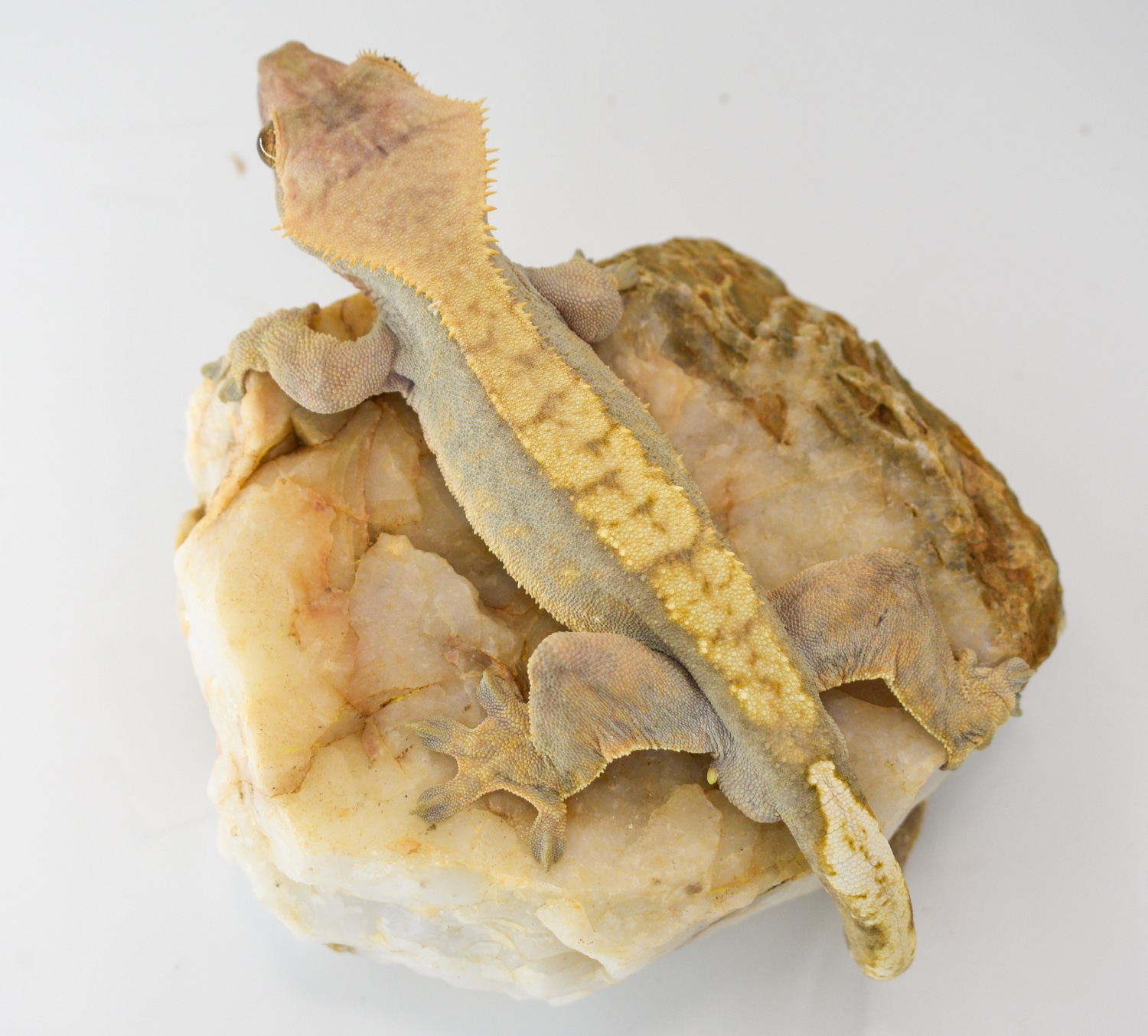
Buckskin Cream Fire Crested Gecko by Rhac N Roll
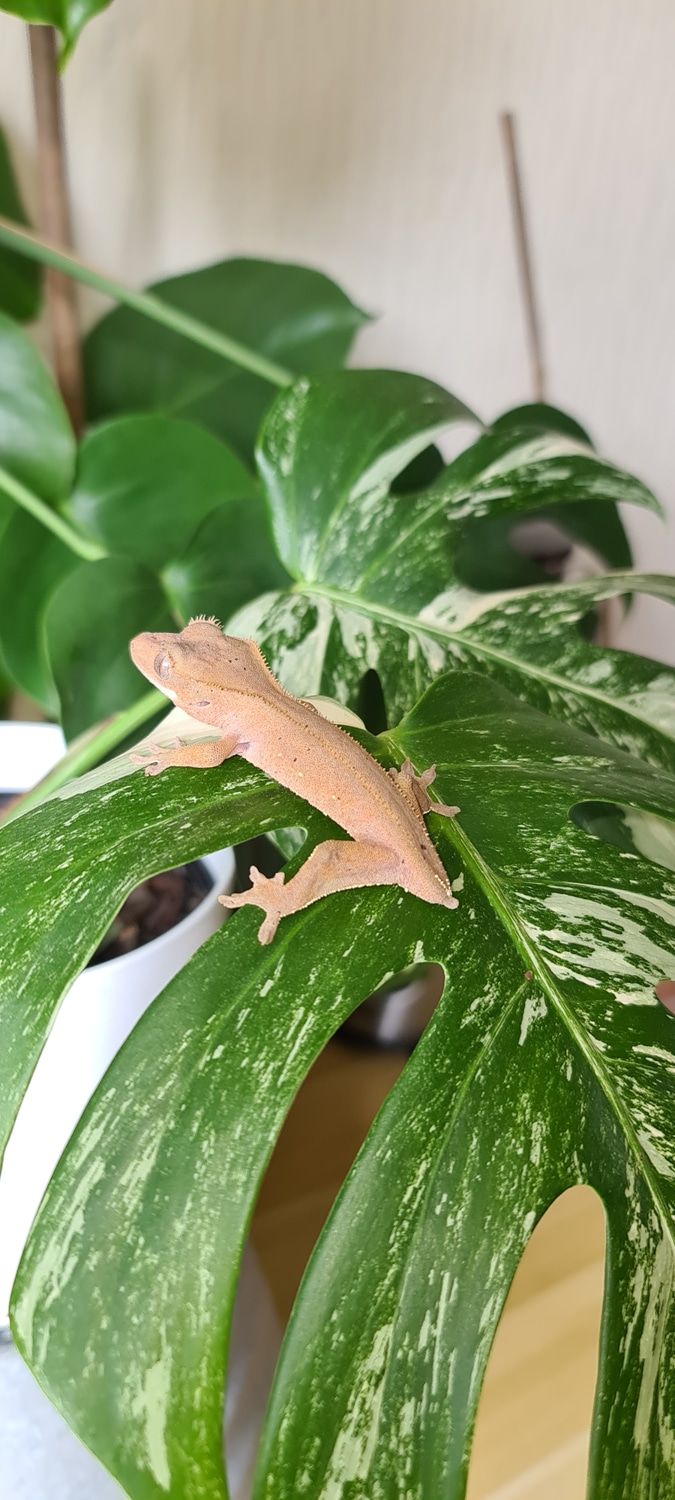
Buckskin Dalmatian Crested Gecko by Affinity Geckos
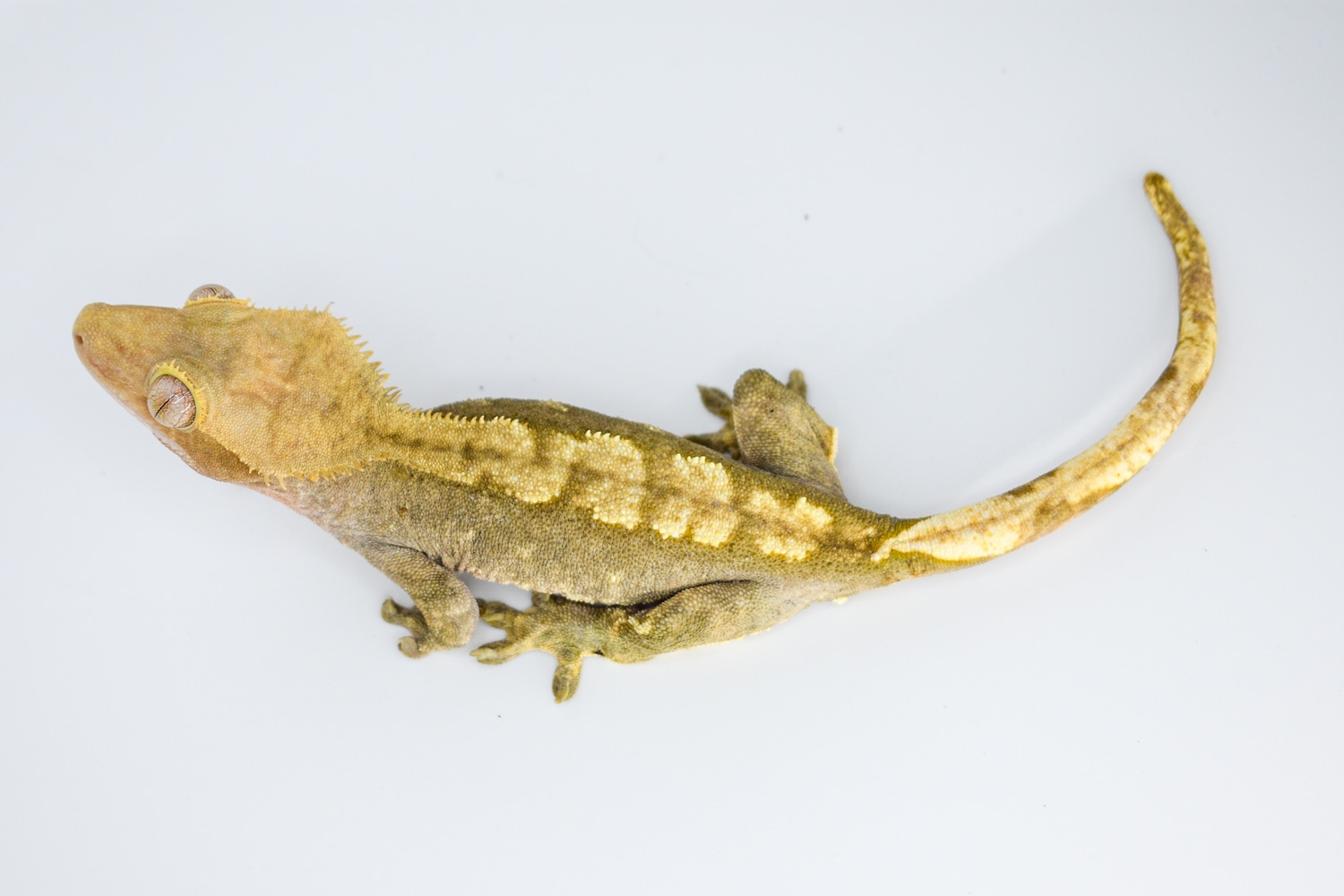
Buckskin Dashed Pin Flame Crested Gecko by Rhac N Roll
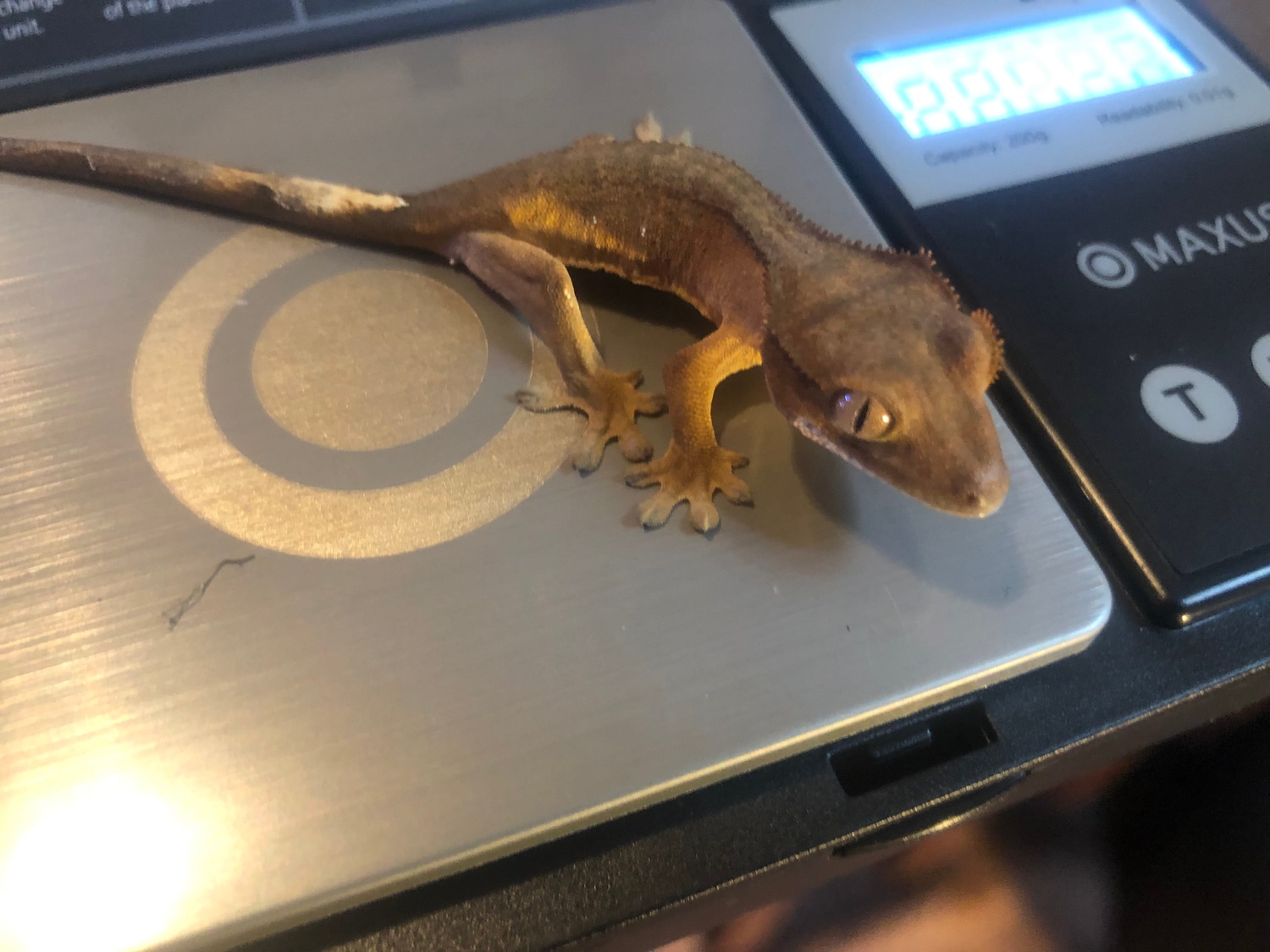
Buckskin Tiger Crested Gecko by Veridian Heart Geckos
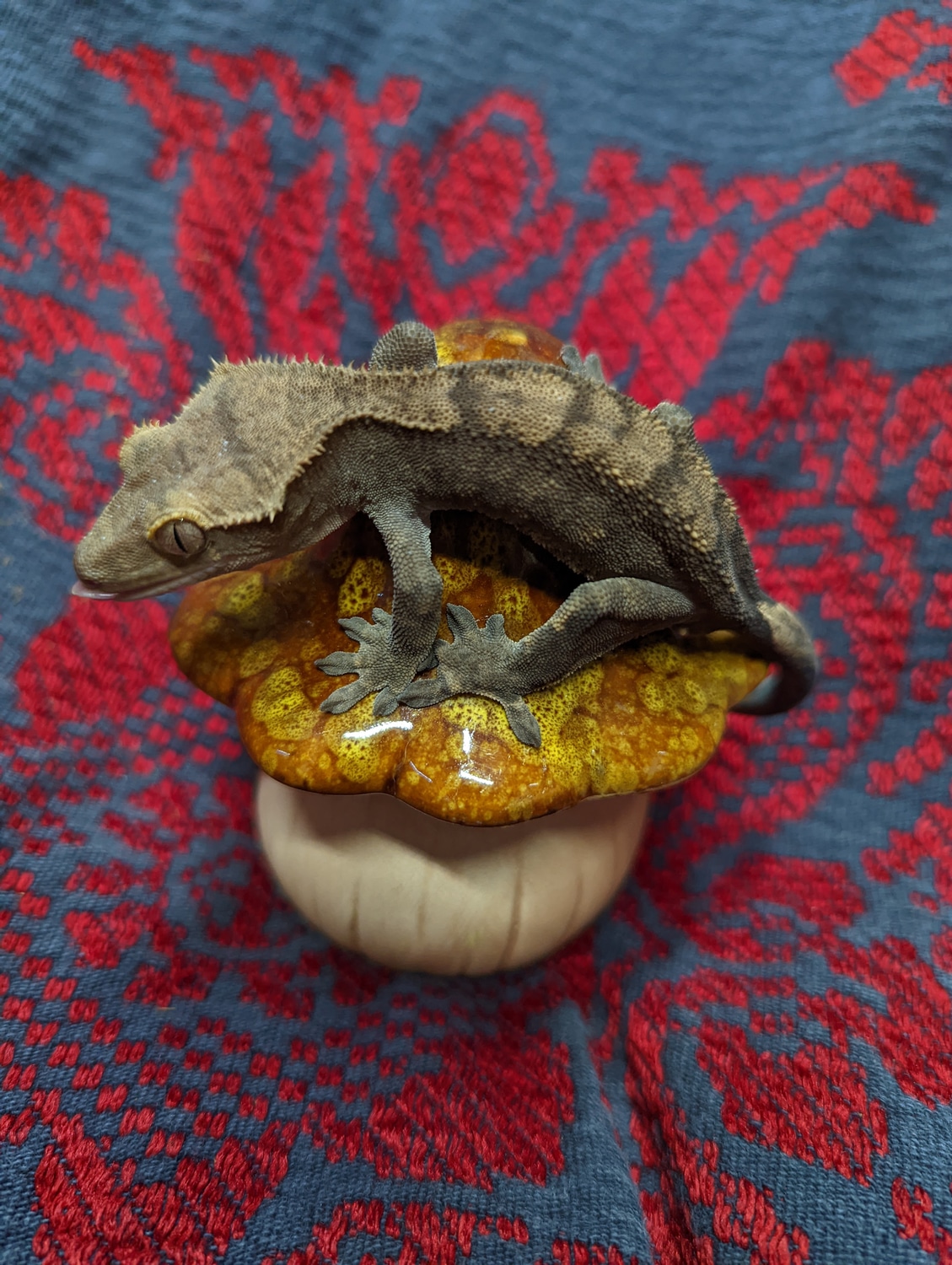
Nice Dark Male Crested Gecko by Foxglove Reptiles
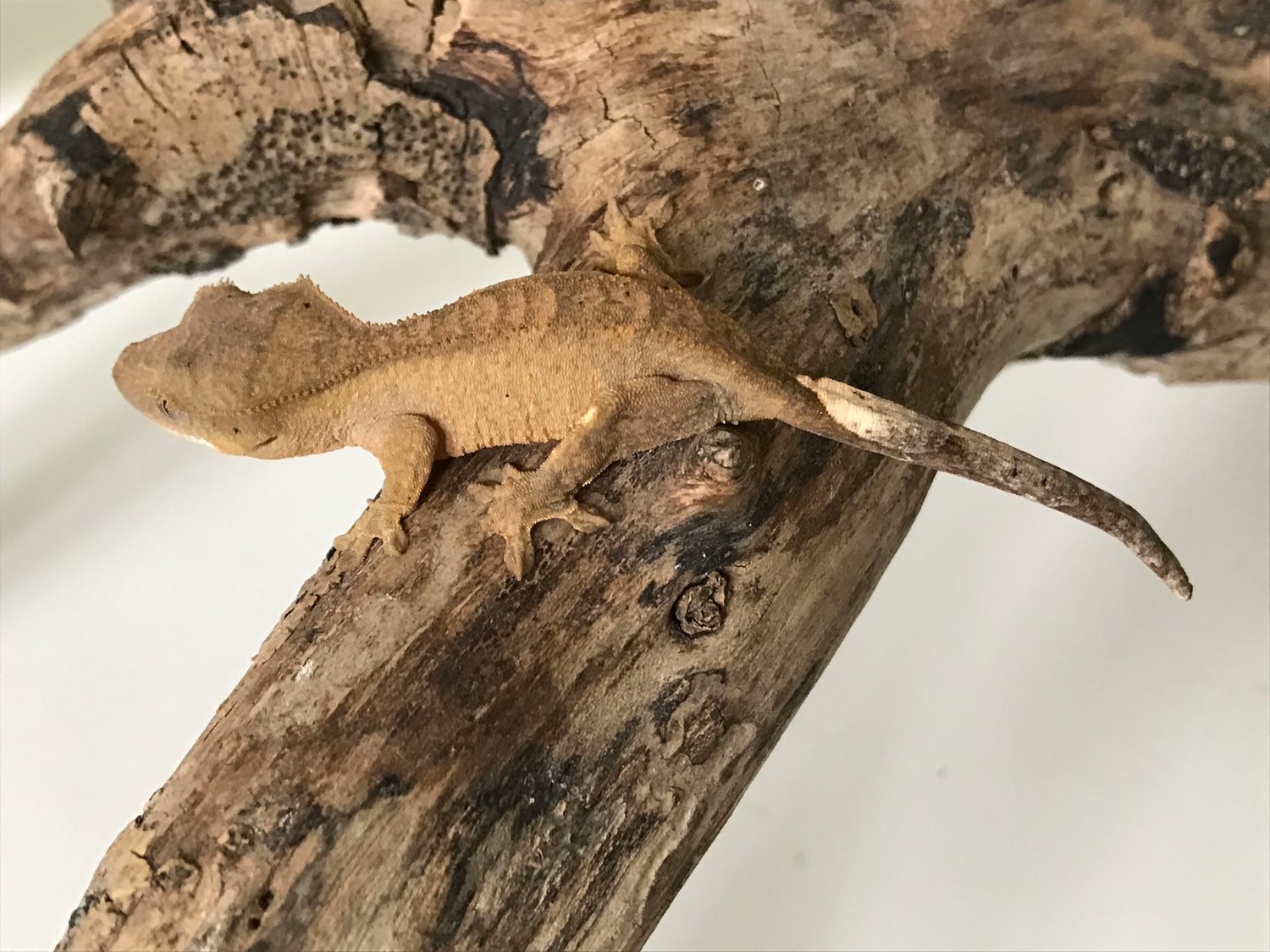
Yellow Patternless Crested Gecko by Green Stuff Exotics
